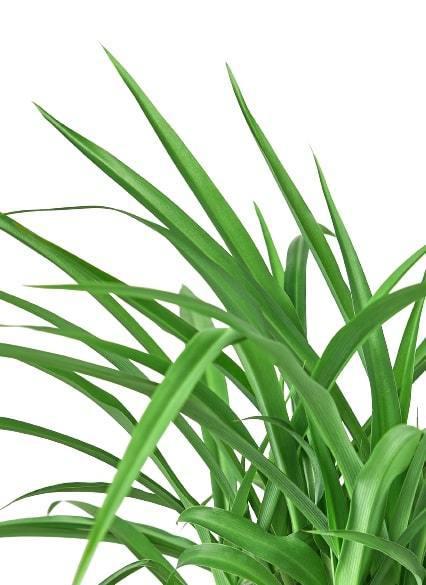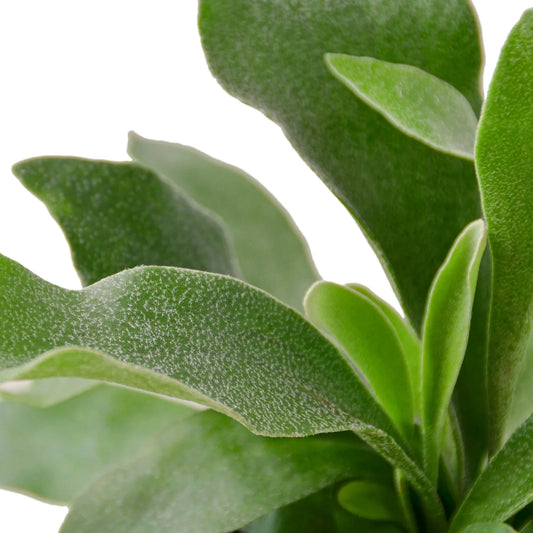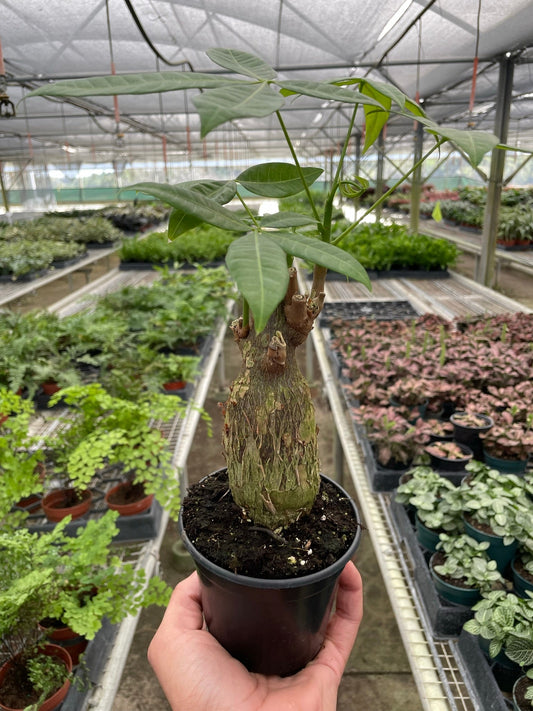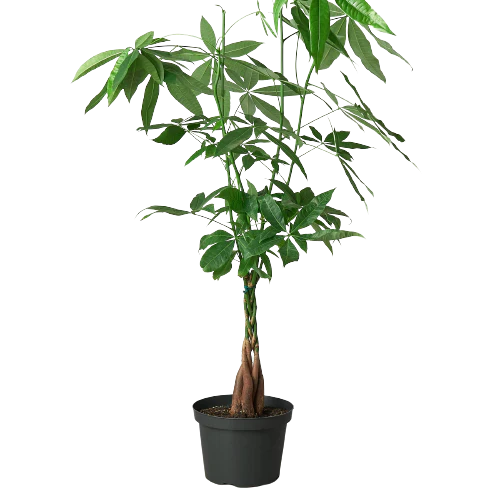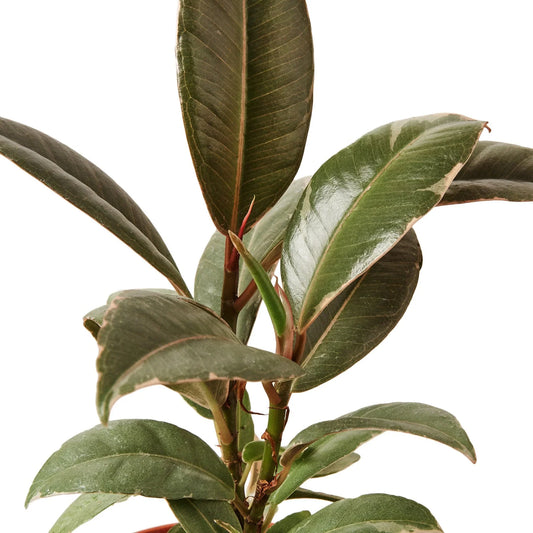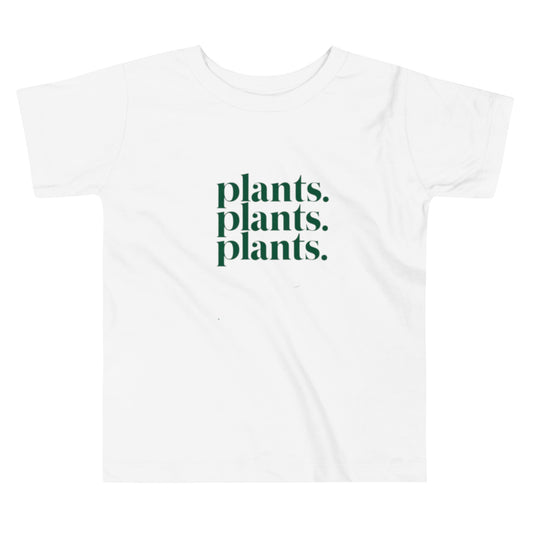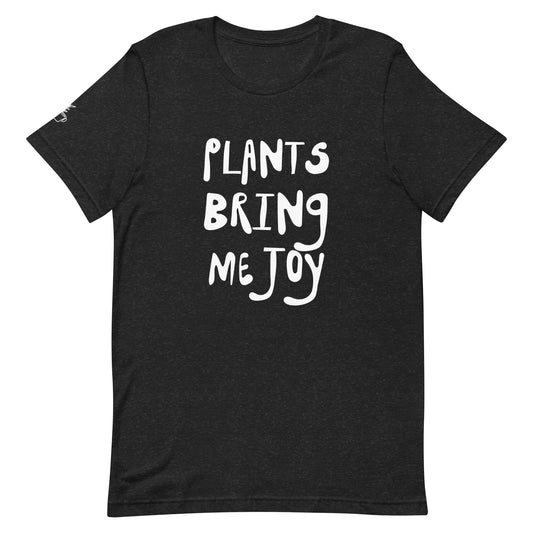How To Pick The Right Pot Size For Your Succulents
Cafe Planta Team
Succulents are like the hipsters of the plant world—quirky, low-maintenance, and oh-so-trendy. But when it comes to keeping these green beauties happy and thriving in your home, picking the right pot size is more important than you might think. It's not just about aesthetics; the pot can make or break your succulent’s health.
In this article, we'll chat about how to choose the perfect pot for your succulents. We'll dig into aspects like pot size, drainage, material, and even style because, let's face it, your plant deserves a home as cool as it is. Whether you're a seasoned plant parent or just starting out, these tips will help you match your succulents with the pots of their dreams.
Why Pot Size Matters for Succulents
When you think about pot size, you might wonder why it’s such a big deal. After all, a pot is just a pot, right? Well, not quite. The size of the pot affects how much water your plant retains, which is crucial for succulents that are prone to overwatering.
Succulents have a knack for storing water in their leaves, which means they don’t need a lot of moisture in the soil. If the pot is too big, it holds more soil, and more soil means more water retention. Over time, this can lead to root rot, which is basically the plant world’s equivalent of stepping in a puddle with socks on—unpleasant and potentially harmful.
On the flip side, a pot that's too small can restrict growth and lead to a "root-bound" situation, where the roots have nowhere to go. This can stress out your plant and stunt its growth. So, getting the pot size just right is like finding that perfect pair of shoes—not too tight, not too loose, just comfortable enough for a little wiggle room.
Understanding Root Systems
To pick the right pot, you need to understand how root systems work. Most succulents have shallow roots that spread out rather than grow down, which means they appreciate a pot that’s wider rather than deep. A wide pot gives the roots room to spread and breathe, which is essential for healthy growth.
Think of the roots as the foundation of your succulent. If the foundation is strong, the plant will be too. A pot that’s too deep can encourage roots to grow downwards, which isn't ideal for succulents. It’s like asking someone to live in a skyscraper when they’d rather have a nice bungalow—it's just not their style.
When selecting a pot, aim for one that’s about 5-10% larger than the plant’s current root ball. This gives the roots room to grow without overwhelming them with too much space. It’s like upgrading from a studio apartment to a one-bedroom—not too drastic, but enough to make a noticeable difference.
The Role of Drainage
If there’s one thing succulents absolutely demand, it's drainage. These plants are native to arid environments, so they’re used to periods of drought. A pot with good drainage holes allows excess water to escape, preventing it from pooling at the bottom and causing root rot.
You might be tempted to go for a stylish pot without drainage holes, but trust me, it’s not worth the risk. If you absolutely fall in love with a pot that lacks drainage, consider double-potting. This involves placing your succulent in a smaller pot with drainage, which you can then nest inside the decorative pot. This way, you get the best of both worlds.
To further improve drainage, you can add a layer of gravel or small stones at the bottom of the pot. This helps create a space for water to collect without sitting directly in the soil. It’s like giving your succulent a little umbrella for those rainy days.
Pot Material and Its Impact
Pot material isn’t just about looks. It has a significant impact on how your succulent will fare in the long run. The most common materials you’ll encounter are terracotta, ceramic, plastic, and metal. Each has its pros and cons, so let’s break them down.
- Terracotta: This breathable material allows moisture to evaporate quickly, making it ideal for preventing overwatering. However, it can dry out faster, so you might need to water more frequently.
- Ceramic: Glazed ceramic pots hold moisture longer than terracotta, which can be a blessing or a curse depending on your watering habits. They come in a variety of designs, perfect for adding some flair to your space.
- Plastic: Lightweight and affordable, plastic pots retain moisture well, which can be tricky for succulents. They’re great for beginners who might forget to water their plants.
- Metal: While stylish, metal pots can heat up quickly, which might not be ideal for succulents in direct sunlight. They also tend to rust over time, so keep that in mind for outdoor plants.
Ultimately, it comes down to your personal style and how much attention you’re willing to give your plants. If you’re someone who tends to overwater, terracotta might be your best friend. If you’re forgetful, a ceramic pot might help keep your plants hydrated.
Matching Pot Style with Your Decor
While function should always come first, there’s no harm in picking a pot that looks good too. After all, your plants are part of your home decor, and they should fit in with your style. Whether you’re into minimalism, boho chic, or something in between, there’s a pot out there that’s just right for you.
Consider the colors and textures in your space. A sleek, white ceramic pot might look stunning in a modern kitchen, while a rustic terracotta pot could add charm to a cozy living room. The possibilities are endless, and the only limit is your creativity.
If you’re trying to create a cohesive look, consider grouping several succulents together in pots of varying sizes but similar styles. This can create a visually appealing cluster without looking too matchy-matchy. It’s like putting together an outfit—sometimes a little contrast makes all the difference.
Repotting: When and How
Eventually, your succulent will outgrow its pot, and you’ll need to repot it. Signs that it’s time for a new pot include roots growing out of the drainage holes, the plant becoming top-heavy, or soil that dries out too quickly.
When repotting, choose a pot that’s slightly larger than the current one. Be gentle with the roots, and try not to disturb them more than necessary. Use fresh, well-draining soil, and avoid watering immediately after repotting. Give your plant a week or so to settle into its new home before resuming your regular watering schedule.
Repotting can feel like a daunting task, but it’s a great opportunity to check on the health of your plant’s roots and refresh its soil. Plus, it’s a chance to give your succulent a new look with a stylish new pot.
Common Mistakes and How to Avoid Them
Even the most seasoned plant lovers make mistakes, but that’s part of the learning process. Here are some common pitfalls to watch out for when potting succulents, and how to avoid them:
- Overwatering: Remember, succulents don’t need much water. Stick to a schedule and adjust based on the season and humidity levels.
- Poor Drainage: Always choose pots with drainage holes, or use double-potting if necessary.
- Wrong Pot Size: Avoid pots that are too large or too small. Aim for one that’s just a bit bigger than the root ball.
- Ignoring Root Health: Check the roots during repotting. Healthy roots are firm and white, while mushy or discolored roots may indicate rot.
By being mindful of these common issues, you can keep your succulents happy and thriving with minimal fuss.
Creating a Succulent Oasis
Now that you’ve got the basics down, it’s time to have a little fun. Create a succulent oasis in your home by mixing and matching different types of succulents and pots. Use varying heights and colors to add depth and interest to your arrangement.
Consider adding decorative elements like rocks, sand, or moss to your pots for a unique touch. These not only enhance the look but can also help with moisture retention. Just be sure not to overcrowd your plants, as they still need room to breathe.
Whether you place them on a sunny windowsill, a coffee table, or hang them in a macrame planter, succulents can bring a touch of nature to any space. They’re like little green sculptures that add life and personality to your home.
Final Thoughts
Choosing the right pot size for your succulents is vital for ensuring their health and happiness. From understanding root systems to matching your decor, there's a lot to consider, but it's all part of the fun of being a plant parent.
At Cafe Planta, we believe that plants have the power to bring people together and inspire us to connect with nature and each other. Whether you're an experienced plant parent or just starting out, we're excited to share our love of plants with you. Feel free to email us or reach out on Instagram if you have any questions about caring for your plants. We’re here to help you create a beautiful, thriving plant collection in your home.





